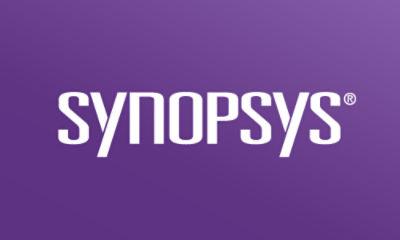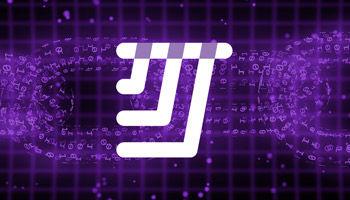Understanding Python pickling and how to use it securely
Pickle in Python is primarily used in serializing and deserializing a Python object structure. In other words, it’s the process of converting a Python object into a byte stream to store it in a file/database, maintain program state across sessions, or transport data over the network. The pickled byte stream can be used to re-create the original object hierarchy by unpickling the stream. This whole process is similar to object serialization in Java or.Net.



